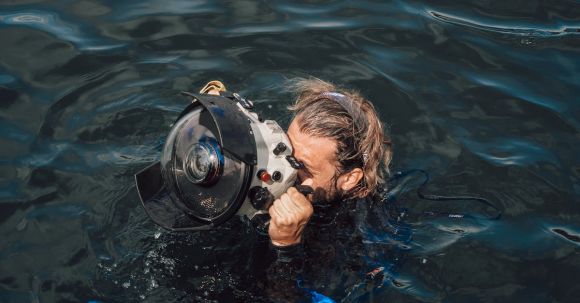Are you an avid scuba diver or someone who is just starting to explore the underwater world? Either way, one essential piece of equipment that you should never overlook is the buoyancy compensator. This device plays a crucial role in allowing you to dive comfortably and safely. In this article, we will discuss the importance of having the right buoyancy compensator and how it can enhance your diving experience.
Understanding Buoyancy
Before we delve into the details of buoyancy compensators, let’s have a quick refresher on buoyancy itself. Buoyancy is the force that determines whether an object will float or sink in a fluid, such as water. When diving, achieving neutral buoyancy is crucial. Neutral buoyancy means that you neither sink nor float but remain suspended at a specific depth. This state allows you to move effortlessly through the water, conserving energy and ensuring a more enjoyable dive.
The Role of a Buoyancy Compensator
A buoyancy compensator, commonly known as a BC, is a piece of diving equipment that helps divers control their buoyancy underwater. It consists of an inflatable bladder that can be filled with air or emptied to adjust buoyancy. The BC is worn like a vest and is connected to the air tank, allowing divers to regulate their buoyancy by adding or releasing air from the bladder.
Choosing the Right Buoyancy Compensator
Now that we understand the importance of a buoyancy compensator let’s discuss how to choose the right one for you. Here are some factors to consider:
1. Fit and Comfort: A well-fitting BC is essential for a comfortable dive. Look for one that is adjustable and has padded straps to prevent chafing or discomfort during extended periods underwater.
2. Lift Capacity: The lift capacity of a BC determines how much weight it can support. Consider your body weight, the weight of your diving gear, and any additional accessories you may be carrying. It’s essential to choose a BC with sufficient lift capacity to ensure you can achieve neutral buoyancy.
3. Type of BC: There are different types of BCs available, including jacket-style, back-inflation, and hybrid models. Each has its advantages and disadvantages. Jacket-style BCs are popular for their comfort and ease of use, while back-inflation BCs offer better streamlining underwater. Consider your diving style and personal preferences when choosing the type of BC that suits you best.
4. Features: Look for additional features that can enhance your diving experience. Some BCs come with integrated weight systems, multiple D-rings for attaching accessories, and pockets for storing small items. These features can add convenience and functionality to your dives.
Maintaining Your Buoyancy Compensator
Once you’ve found the perfect BC, it’s important to take care of it to ensure its longevity and performance. Rinse your BC with freshwater after each dive to remove salt and other debris. Store it in a cool, dry place away from direct sunlight to prevent deterioration. Regularly inspect the BC for any signs of wear or damage and have it serviced by a professional according to the manufacturer’s recommendations.
Conclusion
A buoyancy compensator is an essential piece of equipment for any scuba diver. It allows you to achieve neutral buoyancy, ensuring a comfortable and enjoyable dive. By choosing the right BC and properly maintaining it, you can enhance your diving experience and explore the wonders of the underwater world with ease. Remember, safety should always be a priority, so invest in a high-quality buoyancy compensator and dive confidently!





